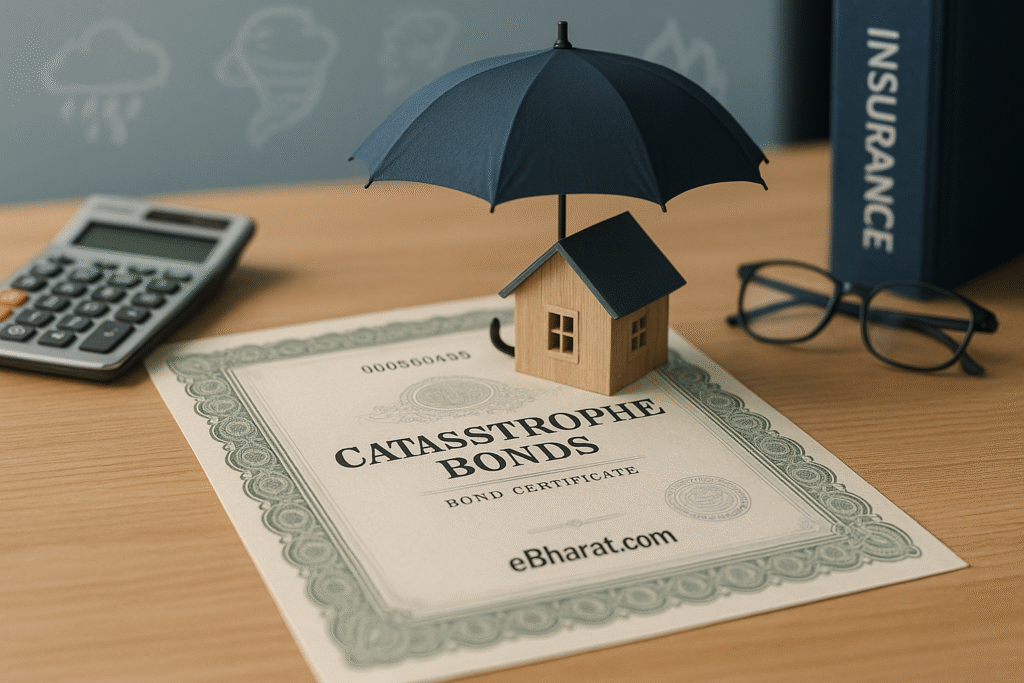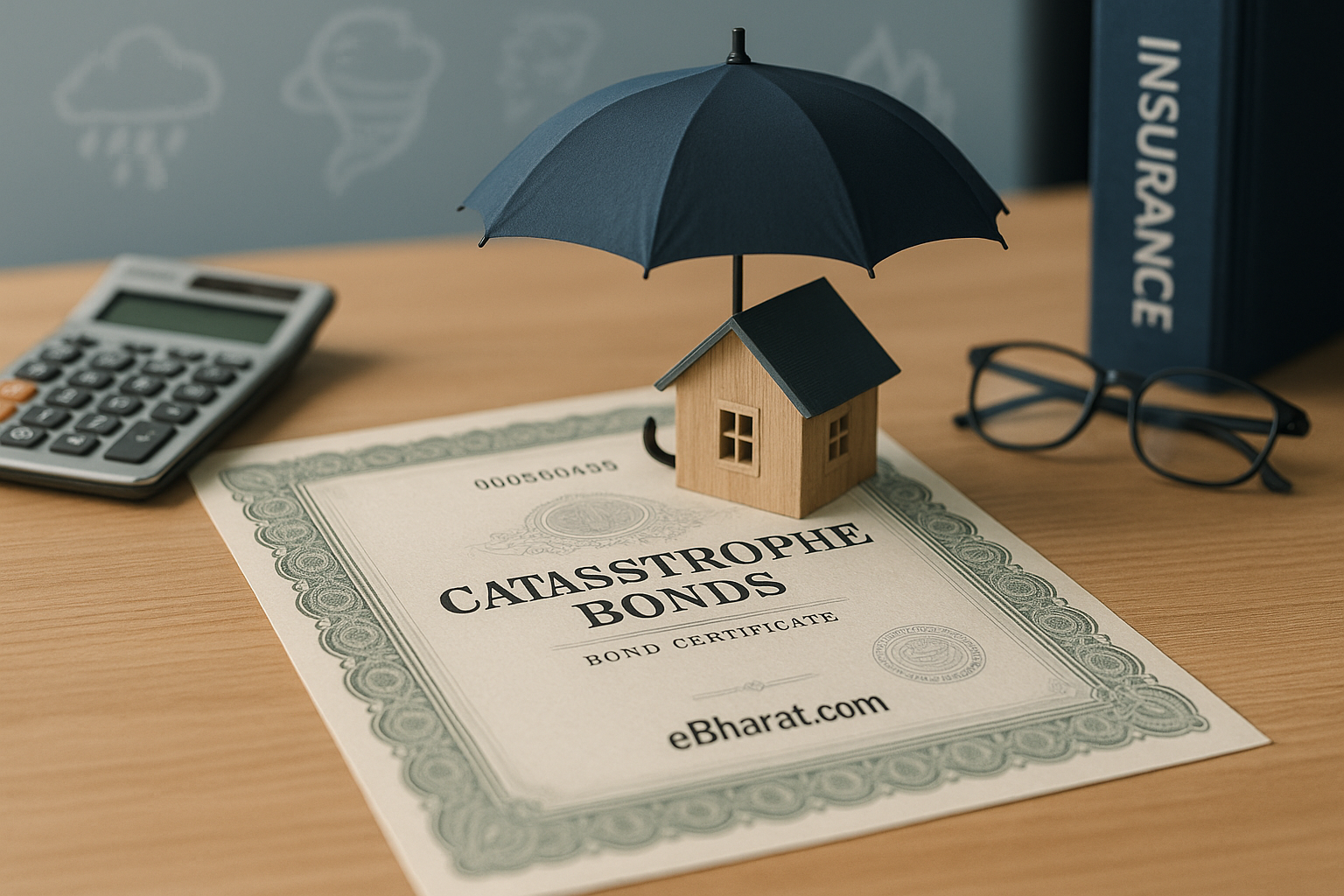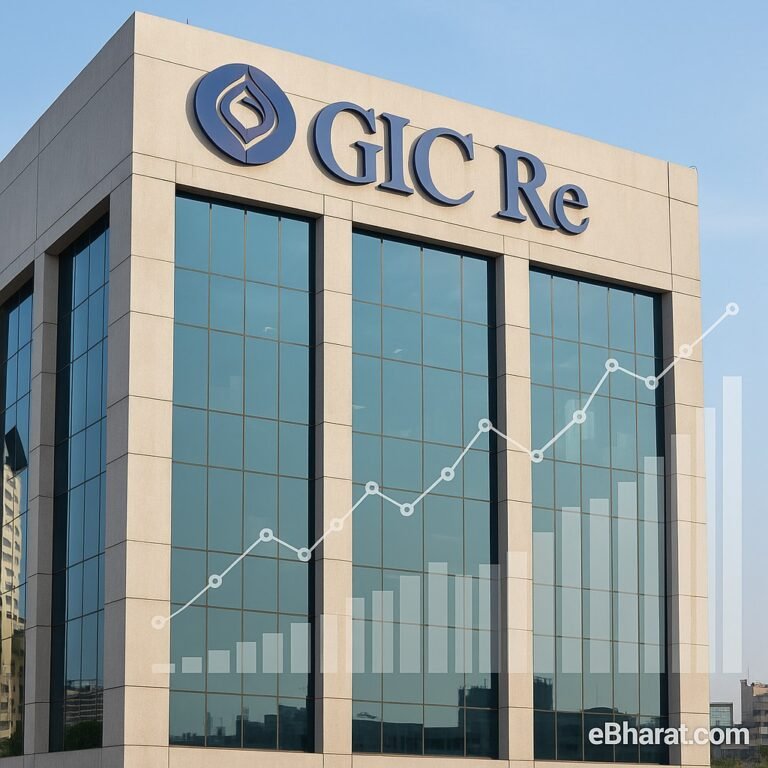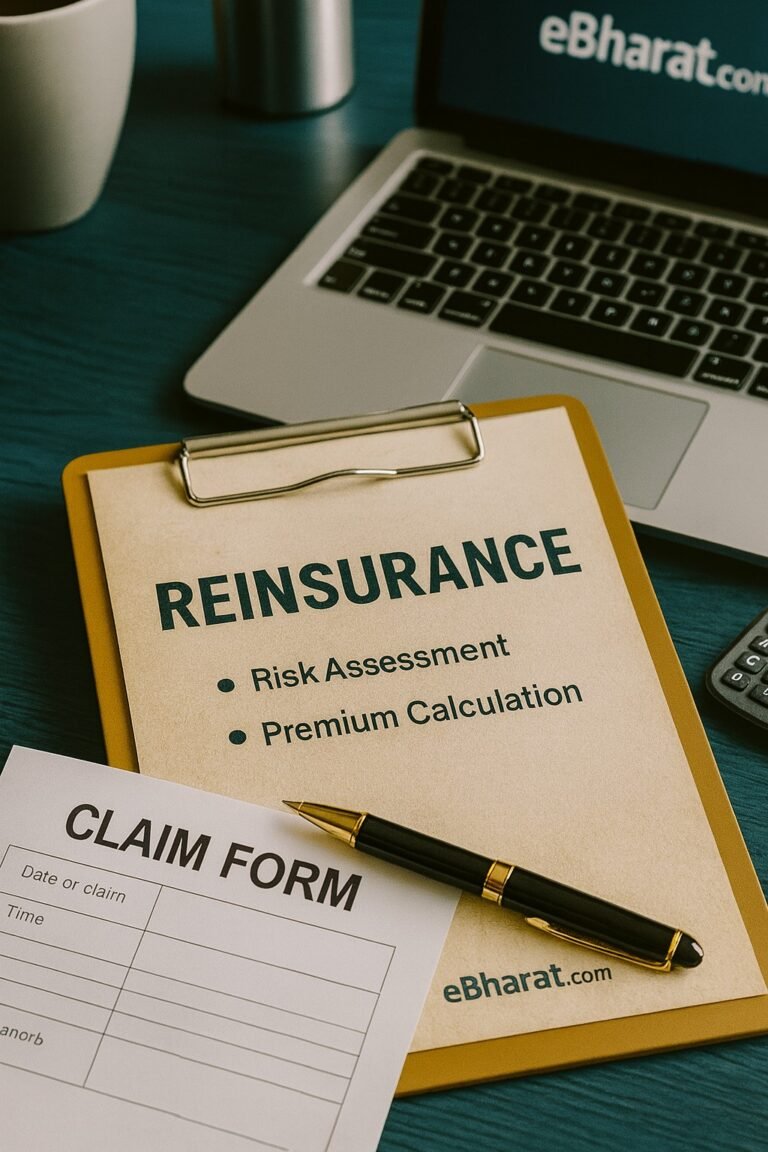
Introduction
Natural disasters such as floods, cyclones, and earthquakes can create massive financial losses. While insurance and reinsurance help absorb much of the risk, sometimes even reinsurers need alternative ways to share these burdens. That’s where catastrophe bonds (cat bonds) come in. Cat bonds are financial instruments that link the capital markets with the reinsurance industry. They provide reinsurers with extra capacity to pay claims when disasters strike.
What Are Catastrophe Bonds?
- Definition: Catastrophe bonds are high-yield debt securities issued by insurers or reinsurers.
- How they work: Investors buy these bonds, and in return, they receive attractive interest rates. If no major disaster occurs during the bond period, investors get their money back plus interest. But if a defined catastrophe (like a cyclone or earthquake) occurs, part or all of the principal is used to cover insurance claims.
- Purpose: Cat bonds transfer disaster risk from insurers and reinsurers to global investors.
Why Reinsurers Use Cat Bonds
- Risk Diversification
By issuing cat bonds, reinsurers pass on catastrophe risk to capital markets, spreading it globally. - Extra Capacity
Cat bonds provide additional funds when disasters trigger massive payouts, beyond what traditional reinsurance can handle. - Lower Dependence on Retrocession
Instead of only relying on other reinsurers, cat bonds give GIC Re and global reinsurers another option to balance exposure. - Investor Attraction
Global investors are keen on cat bonds because they offer high returns and are not directly linked to stock market fluctuations.
Example of Cat Bonds
- Imagine GIC Re covering cyclone risks across the Indian coastline.
- To protect itself against a once-in-100-years event, it issues a catastrophe bond worth ₹1,000 crore.
- If no cyclone above the trigger level occurs during the bond’s 3-year term, investors earn a high interest.
- But if a super cyclone strikes, part of the ₹1,000 crore is used to pay claims, reducing financial pressure on insurers and reinsurers.
Cat Bonds vs Traditional Reinsurance
| Aspect | Traditional Reinsurance | Catastrophe Bonds |
|---|---|---|
| Who provides risk cover | Reinsurers like GIC Re, Munich Re | Capital market investors |
| Trigger for payout | Contract terms with insurer | Defined catastrophe event |
| Return to provider | Reinsurance premium | High interest on bond |
| Flexibility | Traditional contracts, limited capacity | Large-scale, global investor-backed |
Cat Bonds and India
- While India is still developing its catastrophe bond market, global reinsurers working in India often use them abroad.
- With rising climate risks and urbanization, cat bonds may become a useful tool for Indian reinsurers in the future.
- IRDAI has been studying innovative risk transfer methods, and cat bonds may find a role in the next decade.
Benefits for Policyholders
- Claim Security: Even in extreme events, cat bonds ensure that reinsurers have the funds to support insurers.
- Premium Stability: By spreading risk globally, cat bonds can help keep premiums more stable in disaster-prone areas.
- Confidence in Insurance System: More funding sources = stronger claim-paying capacity.
Catastrophe bonds link the worlds of insurance, reinsurance, and capital markets. By transferring risk to global investors, they add strength to the system, ensuring policyholders remain protected even during rare but devastating natural disasters. As India’s insurance sector grows, cat bonds may soon become part of its financial toolkit, offering resilience and global connectivity.
Become an Insurance Agent with eBharat
Join our fast-growing HDFC Life agent network. Get digital tools, free training, and high earnings while helping families secure their future.
Apply Now →Limited seats for 2025 onboarding. Don’t miss out!













